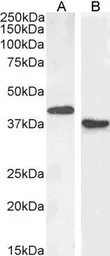PAX5 antibody, N-term
Cat. No. GTX89903
Cat. No. GTX89903
-
HostGoat
-
ClonalityPolyclonal
-
IsotypeIgG
-
ApplicationsWB
-
ReactivityHuman, Mouse, Rat

